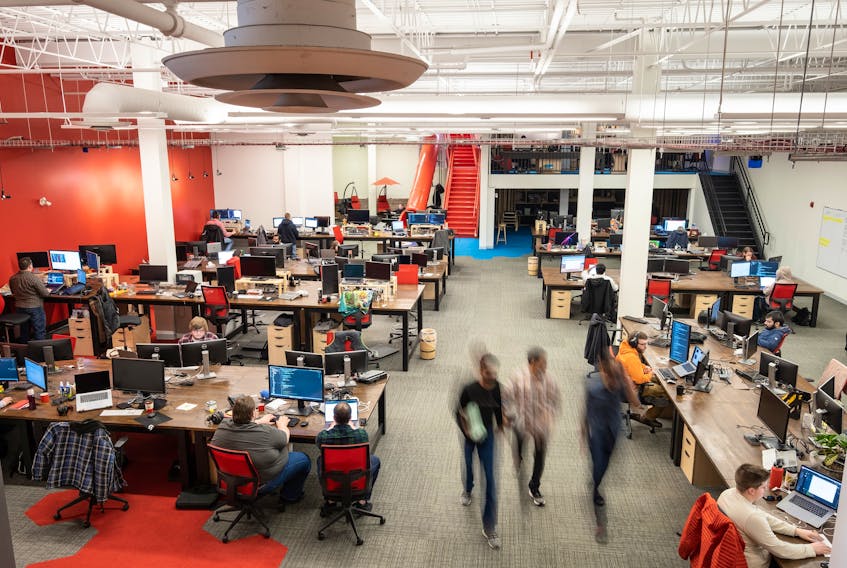An employer’s handbook to bolster immigrant inclusion among small and medium-sized companies is going to be available to business owners in March.
The forthcoming guide will sample the successful stories from large organizations and be recommended to small to medium enterprises (SMEs).
It will summarise practices and strategies for including immigrant talent at each stage of the employment cycle, recruiting, hiring, onboarding, and integrating.
“There's a lot of immigrant mentorship, but there hasn't been any business mentorship, as to how do you recruit, hire, onboard and more. Most importantly, integrate people into your workplace actively,” said Robyn Webb, director of Labour Market Development & Executive at the Halifax Partnership.
The guide, Webb said, is a result of a national campaign called ImmigrantsWork launched last spring. The goal of the initiative is to build immigrant inclusion into business recovery plans. Halifax Partnership and seven other similar organizations across the country have been working together to achieve the objective.
Webb said although it is fantastic that organizations like IRCC are providing mentorships to newcomers, businesses need to be a fertile ground for successful inclusion.
According to a government report in 2020, small businesses (companies with under 100 employees) comprise 98 per cent of the economy in Nova Scotia. Across the country, SMEs make up over 99 per cent of the businesses.
Economist Tony Fang, who studies labour economics and teaches at Memorial University of Newfoundland, said informing the smaller players is crucial to our economy simply because they are the ones who create most of the jobs.
“The large organizations are visible, but it's the small and medium-sized enterprises that create most of the jobs,” said Fang.
Fang said compared to larger corporations, SMEs usually don’t have that many resources to get the necessary training that would help the employers understand integration.
“They (the large corporations) know it really well. They know how to hire a diverse workforce because their customers are diverse,” he said.









